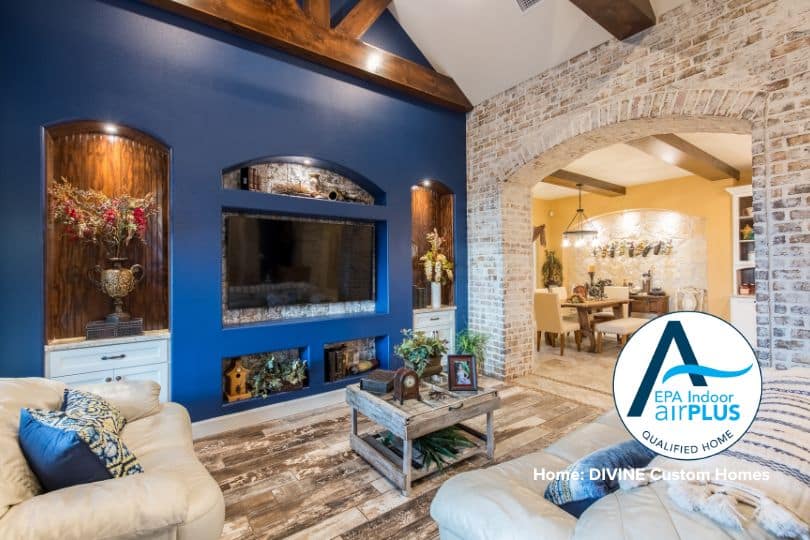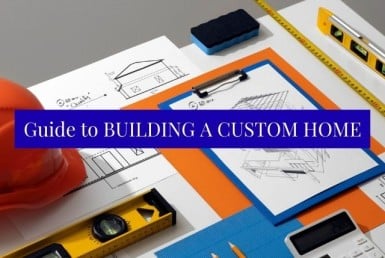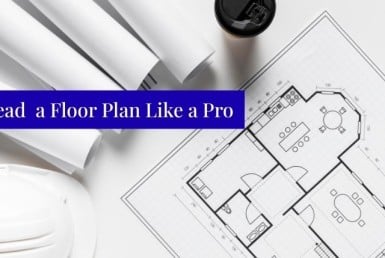The Dirty Truth About Clean Indoor Air
Is Your Indoor Air as Clean as You Think?
It’s easy to assume the air inside your home is safer than the air outside. After all, the outdoors is filled with dust, pollution, allergens, and harmful emissions from cars and factories. But here’s the dirty truth: indoor air can be much worse.
Shocking Statistics
The Environmental Protection Agency (EPA) reports that indoor air pollution can be two to five times higher than outdoor air pollution. Even more concerning, the top five air quality issues stem from indoor environments. The World Health Organization (WHO) reveals that nearly 3.8 million people die annually from indoor air pollution. Surprising, isn’t it?
How does this happen? The answer lies in our homes. These confined spaces are where most of us spend 90% of our time, inhaling around 2,000 gallons of air daily. If that air is unhealthy, it can lead to serious consequences over time.
What’s Polluting Your Home’s Air?
Several culprits contribute to indoor air pollution, including:
- Excess moisture
- Combustible by products from cooking or heating
- Volatile organic compounds (VOCs) from household products
- Tobacco smoke
- Poor home construction qualityIn fact, the EPA states that the average home has about ½ mile of cracks and gaps, letting in dust, allergens, and pollutants. While sealing these gaps
In fact, the EPA states that the average home has about ½ mile of cracks and gaps, letting in dust, allergens, and pollutants. While sealing these gaps can improve energy efficiency, it can worsen air quality without a proper ventilation system. Think of your home as a living organism—it needs to breathe fresh air to stay healthy.
The Health Risks You Can’t Ignore
Poor indoor air quality isn’t always noticeable. However, it can have both immediate and long-term health effects:
- IMMEDIATE: Irritated eyes, nose, and throat, or headaches.
- LONG-TERM: Chronic respiratory diseases, heart disease, and even cancer.
Sadly, indoor air quality often goes unnoticed during the home-buying process, but it’s a factor that can impact your family’s well-being for years to come.
How to Protect Your Family
When shopping for a new home, make indoor air quality a priority. Here are some actionable steps:
ASK THE RIGHT QUESTIONS
Instead of relying on vague assurances, ask if the home has been certified as a high-performance home under programs like BUILT TO SAVE® or ENERGY STAR®. Always request proof of certification.
LOOK FOR A HIGH-PERFORMANCE HOME BUILDER WITH SUPERIOR STANDARDS
For superior indoor air quality, look for a home with the EPA’s Indoor airPLUS certification. In the Rio Grande Valley, DIVINE Custom Homes, led by builder Olga Treviño, sets the bar high by including Indoor airPLUS certification in every home. This companion label to the ENERGY STAR® certification requires builders to comply with a host of construction practices and technologies focused on achieving the highest quality of indoor air. “We value our customers’ health as we do our own,” says Olga. “Knowing we are providing them with a comfortable, healthy home that has been sealed correctly and has a properly sized HVAC system with an effective whole-house ventilation system to remove indoor pollutants gives, not just them, but us, too, a satisfying and ‘DIVINE’ peace of mind.”
New Homes Guide Magazine
The latest new home trends, up-and-coming neighborhoods, and more.
© RGV New Homes Guide, 2025. Unauthorized use and/or duplication of this material without express and written permission from this site’s author and/or owner is strictly prohibited. Excerpts and links may be used, provided that full and clear credit is given to RGV New Homes Guide with appropriate and specific direction to the original content.





